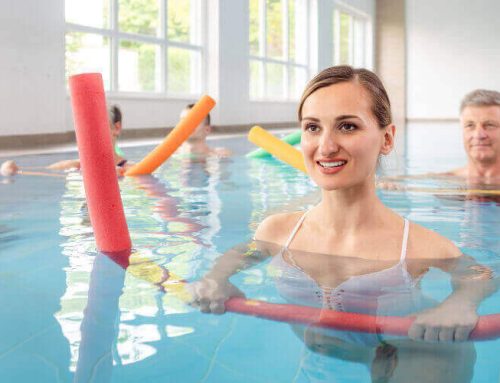More Your Hips and Knees Comfortably Again
The knee is a hinge joint, whereas the hip is a ball-and-socket joint. They are both complex joints that contain a network of muscles, tendons, ligaments, bones, and cartilage that all work together to keep you moving.
With so many moving parts, it’s no surprise that we occasionally experience pain as we age or engage in strenuous activity. When you have hip or knee pain, it can be difficult to perform even the most basic daily activities.
Understanding the underlying causes of hip and knee problems is frequently the first step toward effective treatment. If you’re living with hip or knee pain, a physical therapist Kailua HI can help you reduce or even eliminate your pain.
The difference between hip and knee pain
There may be one or several reasons why you are experiencing hip and knee pain. A physical therapist can examine your movement to help identify things that are contributing to your pain, such as poor posture, unhealthy walking patterns, or unhealthy movement patterns at work.
Once they identify these kinds of issues, physical therapists can tell you how to correct them. Some common causes of knee and hip pain are as follows:
Hip Pain: Hip pain can be caused by a variety of medical conditions as well as by certain injuries. Inflamed tendons from over-exertion or an athletic injury can cause temporary or chronic hip pain. Tendinitis, dislocation, sprains, and pinched nerves can all contribute to or be the cause of hip pain. Hip pain may also result from repetitive injuries or poor posture.
Knee Pain: Injuries that include torn cartilage or damaged ligaments can cause knee pain. Fractures, tendinitis, and knee bursitis are all common knee injuries. Medical conditions such as arthritis or gout can cause mild to severe knee pain. You may be experiencing stiffness or swelling in one or both knees. It might be difficult to stand, walk, or fully straighten your knee. Sometimes knees will make popping or crunching noises.
Why you should choose PT over medication or surgery
Pain Medication: Prescription pain meds are sometimes used to treat knee and hip pain. Medication normally doesn’t solve the issue, but only temporarily reduces the pain. Medications, even over-the-counter meds, can be addictive and expensive.
Surgery: Recovery from surgery can be painful and extensive. There’s always the chance of infection and sometimes surgery simply doesn’t produce the intended results. While surgery may be effective in some cases, it’s not without its drawbacks and should be used as a last resort.
What will hip and knee treatment plans look like?
Physical therapy may offer a non-invasive solution for both hip and knee pain relief Kailua HI. Your physical therapist is likely, to begin with an evaluation.
In the case of knee pain, the evaluation would probably focus on the area from the hip to the foot. Evaluation of hip pain is also likely to include a spinal evaluation.
For both types of pain, the assessment may include a range of motion and strength measurements. Your physical therapist may also perform gait and mobility tests. An individualized physical therapy program would then be developed to meet your specific needs.
Physical therapy Kailua HI can improve your joint function while also easing your pain and stiffness. Our physical therapist can prescribe exercises aimed at addressing your specific condition, such as:
- Hip flexion, extension, or abductor exercises
- Hamstring curls
- Step exercises
- Leg lifts
- Knee lifts
- Hip rotations
- Heel-to-buttock-exercises
- Mini-squats
The American Physical Therapy Association states that early rehabilitation for certain types of knee pain is associated with lower use of opioids and knee surgery.
Various types of exercises are often used to reduce pain in the hips. Passive methods, such as icing or heat treatment, could also be used to eliminate pain.
Sometimes soft tissues and joints in the hip or spine must be manipulated to restore proper movement and reduce pain.
A variety of exercises and stretches are also used to treat pain in the knee. Other treatments that your physical therapist may use include ultrasound or electrical stimulation.
Ready to begin your treatments?
It is critical to follow all of your physical therapist’s instructions, including any stretches or exercises that can be done at home.
Your physical therapist can perform a thorough examination of your body, pinpoint the areas of your hips and knees that are causing you pain, and design a personalized treatment plan for your specific condition.
Physical therapy can help you find long-term relief from hip or knee pain! Get in touch with Moon Physical Therapy today to find out for yourself.
Sources:
- https://www.apta.org/article/2017/11/10/study-direct-access-to-physical-therapy-safe-effective-and-cheaper-than-referral-based-care





